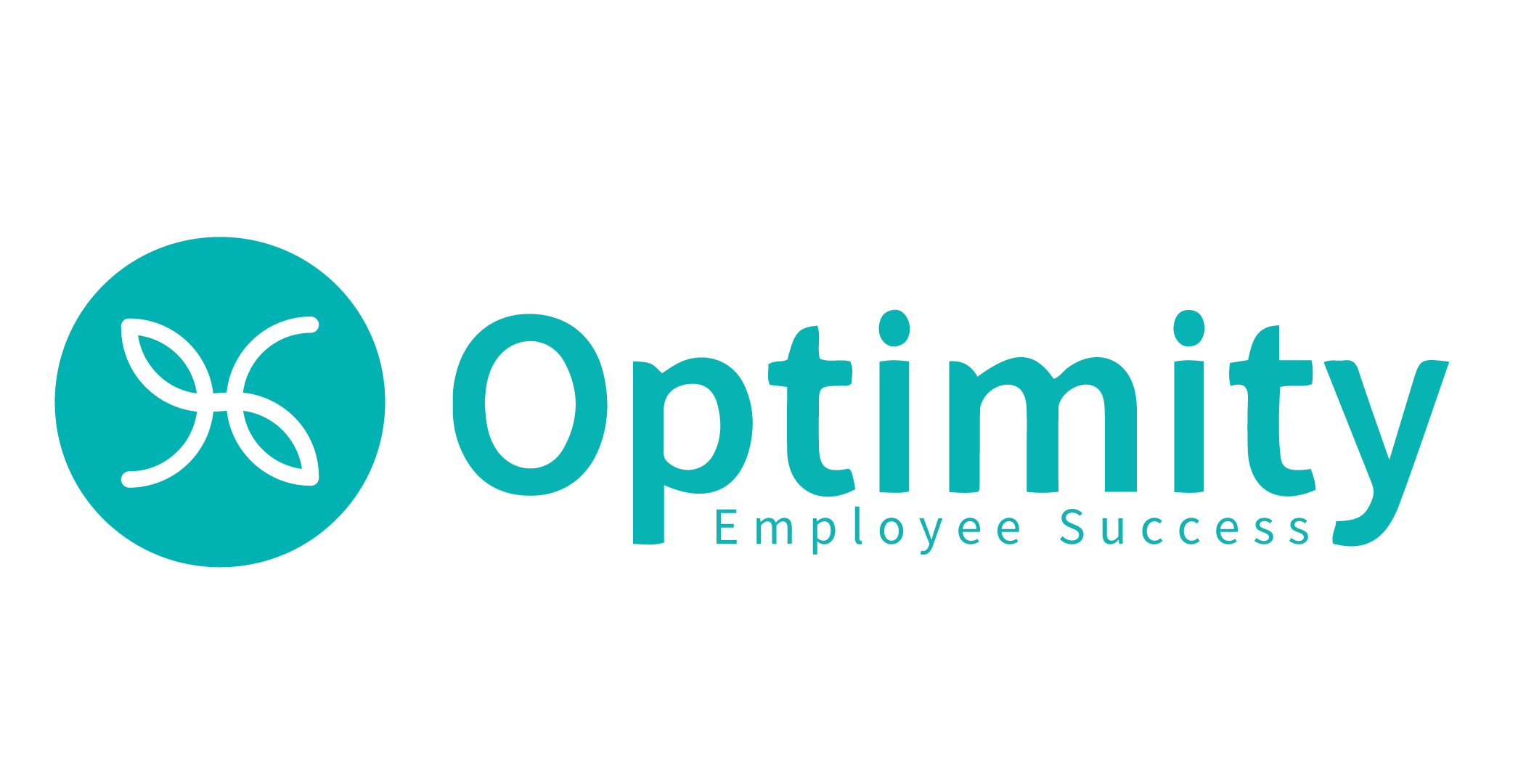Employees are the assets of any organization, and to sustain these assets and benefit from their...
How To Handle Escalating Employee Health Benefit Costs
Employee benefits in the workplace are becoming increasingly costly for employers in North America. In the US, according to the 2015 Kaiser and HRET survey: The average premium for single coverage is $521 per month, or $6,251 per year. The average premium for family coverage is $1,462 per month or $17,545 per year. Based on the Conference Board of Canada’s latest benefits benchmarking report, the average cost of providing employee benefits is $8,330 per full-time employee. For the average company, this equates to spending approximately 10% of gross annual payroll.
Businesses are experiencing the reality of the aging workforce, and burden on their profitability from the continuously rising health premiums, cases of stress leave as well as increased absenteeism from their employee population. Year after year, CFOs continue to see increased business costs as the result of poor employee health and habits, but some are reluctant to revisit the funding and strategy of current health and wellness programs because most wellness programs cannot report ROI.
This is changing. More data-driven and evidence-based wellness programs like Optimity are able to provide sound financial analysis for the reasons driving these changes in business costs, as a direct results of strategic wellness programs. A strong business case can now be made to invest in proactive health programs. The ROI can be realized quickly and certainly for these cost-effective, digital-first programs that support the employees in making smarter choices everyday, because it always leads to better health outcomes.
Innovative and employee-centric businesses who are changing their processes and opting into data-driven and evidence-based wellness programs, are benefiting both from a happy shift in culture (which helps their HR department recruit and retain talent easier), and are saving up to $6.50 for every $1 spent on wellness by implementing a sound cost-containment strategy that flattens the year over year cost increases of their employee benefits costs.
Unhealthy employees cost businesses more every year. According to Linda Lulli, Associate Vice President for Human Resources at Bryant University in Smithfield, R.I., an inactive person spends $1,500 extra on health costs per year. However, the costs go beyond the direct health spends, they also manifest themselves in the 9.3 days of absenteeism and 10% increase in drug claims. One in 6 U.S. adults reported taking a psychiatric drug, such as an antidepressant or a sedative, a new study found (read more). The goal of any wellness program is for employees to become healthier, and when they become healthier they end up spending less for doctors, hospitals and prescription drugs, says Paul Sollitto, Chief Financial Officer at EngagementHealth.
A recent study by Willis Towers Watson found that the primary driver for nearly half (44%) of companies with employee benefits is to control and improve their claims data to help with ongoing cost management. This is up from a quarter (24%) in last year’s study. Mark Cook, Director at Willis Towers Watson said, “There has been a clear evolution in the rationale for companies to include employee benefits in their cost management strategies. The initial motivation is often the simple desire to save money on the ever increasing cost of providing employee benefits.”
This is why digital based programs are becoming so popular. Digital based apps are scalable, sustainable, great personalized tools for working professionals to improve their quality of life. They are able to deliver content and able to coach behaviors to employees who work from home, on the road, and have different needs.
These digital-first wellness programs and apps when infused with evidence-based science and learn-action-test pathways have proven to positivey impact health outcomes and stabilize costs for employers. We simplify the process to start their personalized journeys: employees can easily download our health and wellness apps that not only provides a personal space for them to schedule and track their progress, but also has the ability to provide the critical data analysis that can help to tailor a more complex program.
Follow us on twitter to stay current on the top cost-containment wellness strategies.
For more information on Optimity, evidence-based wellness strategies, or to schedule a demonstration, visit www.myoptimity.com
About Optimity
We believes in 3 things: living well should be easy, energizing and fun; small actions can go a long way in leading you to success; and a culture of health is imperative to highly productive teams.Working with physicians, trainers, nutritionists, and researchers, Optimity mindfully connects you with your habits on day to day making it fun to engage in self-improvement and self-actualization regularly. Optimity has created a way to make choosing a healthier way of life at the office and on the go both effortless and rewarding, by providing our users with personalized daily health challenges.
Our mobile apps are THE wellness-optimizing tool working to turn office potatoes into corporate athletes!
To find out more about Optimity solutions, visit: www.myoptimity.com/our-solution




